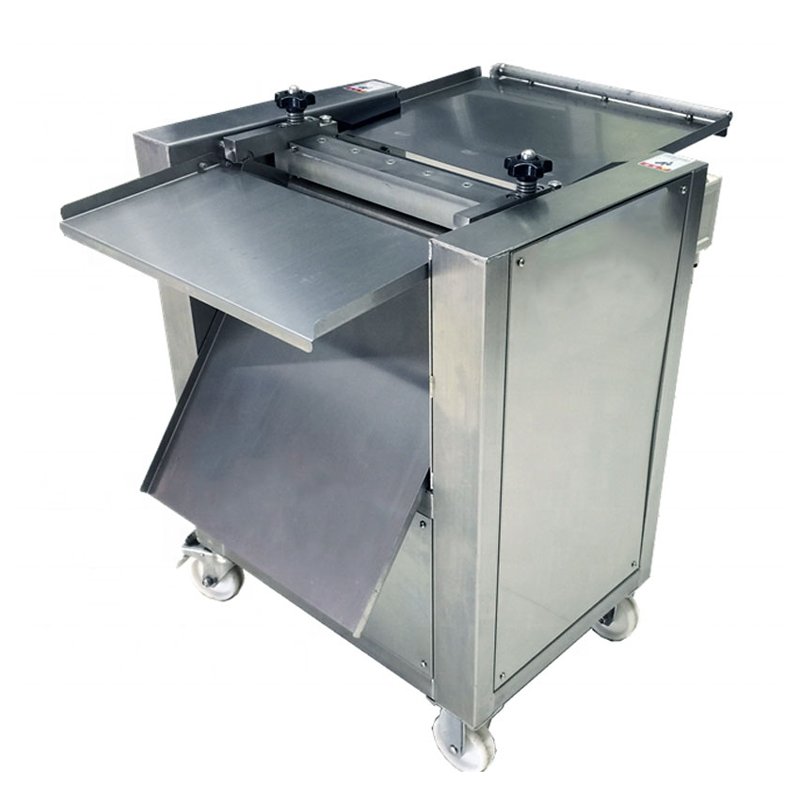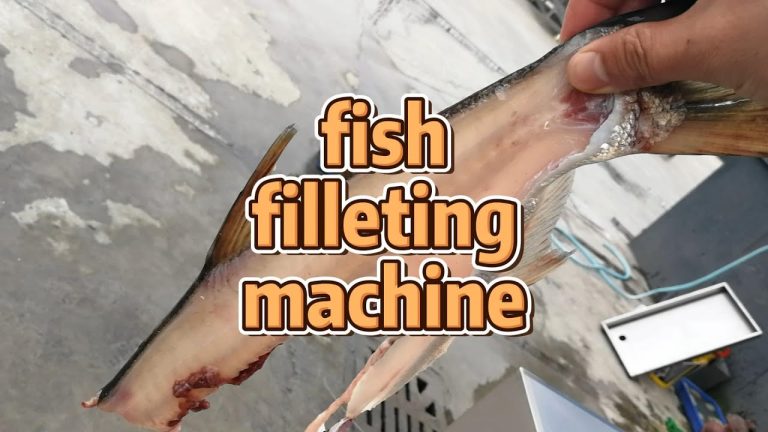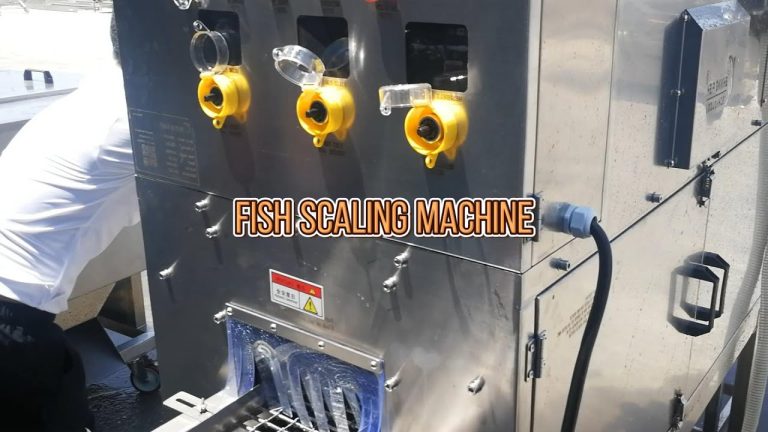Table of Contents
Overview of Fish Skinning Machines
| Serial No. | Product |
| 1 | Fish processing plant |
| 2 | Fish cleaning machine scaling |
| 3 | Fish filet machine |
| 4 | Saw for cutting frozen fish |
| 5 | Fish peeling equipment |
| 6 | Fish washing equipment |
| 7 | Fish Products Ice Coating Machine |
| 8 | Fish scaling gutting machine |
| 9 | Fish depressing machine |
| 10 | Fish slicer machine |
Fish skinning machines are specialized equipment designed to remove the skin from fish with efficiency and precision. These machines play a crucial role in the seafood processing industry, streamlining operations and ensuring high-quality products. By automating the skinning process, they significantly reduce labor costs while improving safety and hygiene standards.

Typically, these machines can handle various types of fish, from flatfish to more robust species. The design often includes adjustable settings that allow operators to customize the skinning process according to the fish type and desired outcome. This versatility makes them an essential tool for both large-scale commercial operations and smaller seafood businesses.
Benefits of Using Fish Skinning Machines
One of the primary benefits of fish skinning machines is their ability to enhance productivity. Manual skinning can be time-consuming and labor-intensive, often leading to inconsistent results. In contrast, machines can process a larger volume of fish in a fraction of the time, allowing businesses to meet demand more effectively.
Moreover, these machines reduce the risk of injuries commonly associated with manual skinning. With features such as safety guards and automated controls, operators can perform their tasks with greater confidence and reduced physical strain. This not only creates a safer working environment but also contributes to improved employee morale.
Maintenance and Care for Fish Skinning Machines
Proper maintenance of fish skinning machines is essential to ensure their longevity and optimal performance. Regular cleaning is crucial to prevent contamination and preserve the quality of the seafood being processed. Operators should follow the manufacturer’s guidelines for cleaning protocols, which often include disassembling parts for thorough access.
Additionally, routine inspections and servicing can help identify potential issues before they lead to breakdowns. Keeping an eye out for wear and tear on blades and other components can save time and money in the long run. Investing in regular maintenance not only prolongs the life of the machine but also enhances the overall efficiency of the seafood processing operation.



